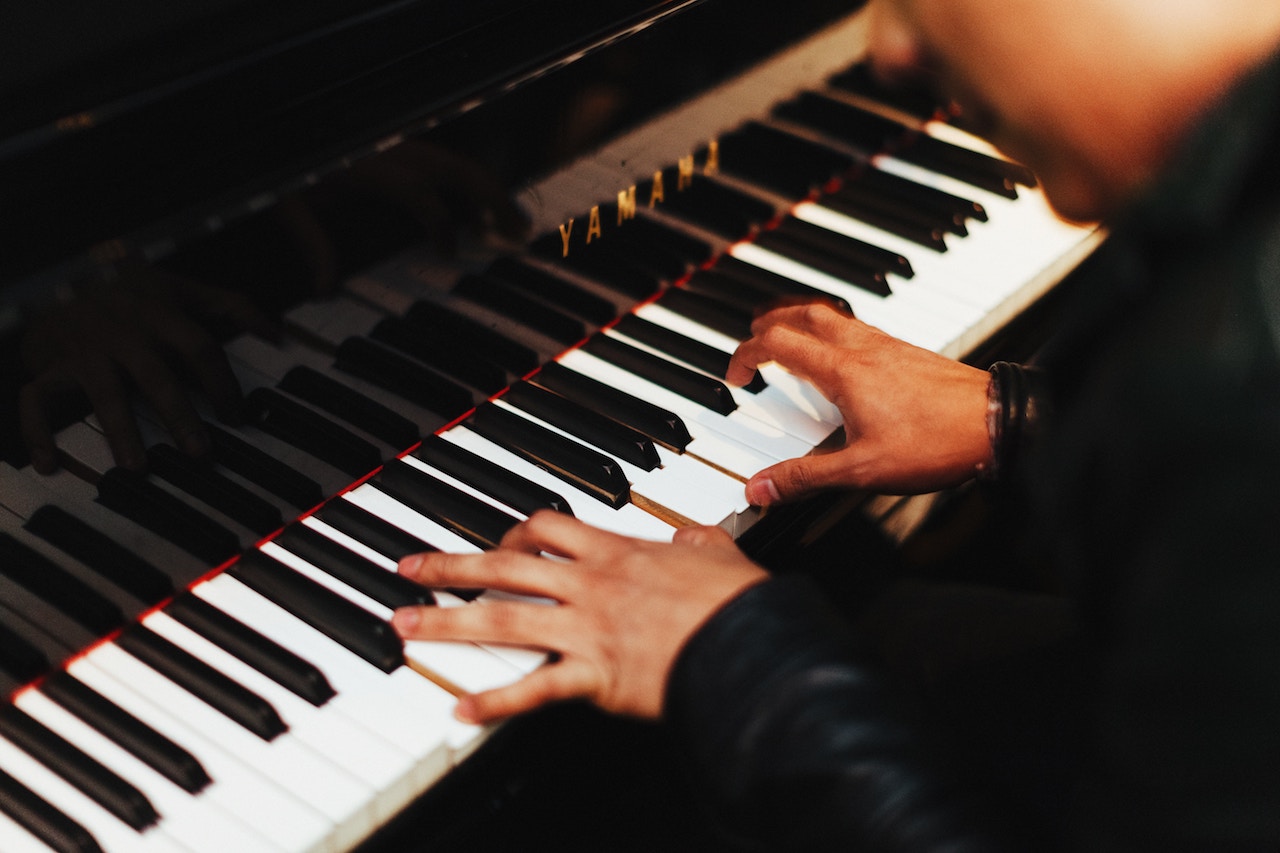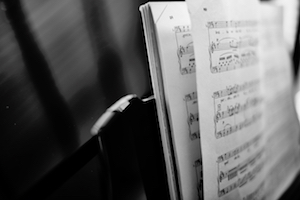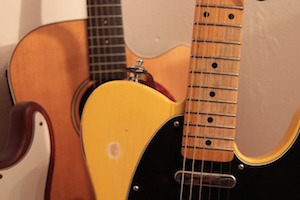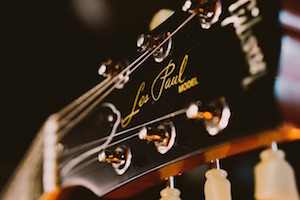Although it is mostly guitar players who visit this website, the tuner can be used with other common instruments. Here are a few possible variations of Tune That Guitar.
Tune a bass
A bass guitar’s tuning is the same as that of a guitar. There are two differences, though. The first is that the bass guitar, as its name implies, is an instrument whose range is low. It might therefore be more difficult for the tuner to pick up exactly which note is being played, and you might have to use your ear to polish the tuning after you use the tuner. Especially on the lowest strings.
The second difference is that a regular bass guitar only has four strings while a guitar generally has six. E standard tuning (EADGBe) therefore becomes EADG: the same tuning as on a guitar, minus the two high strings.
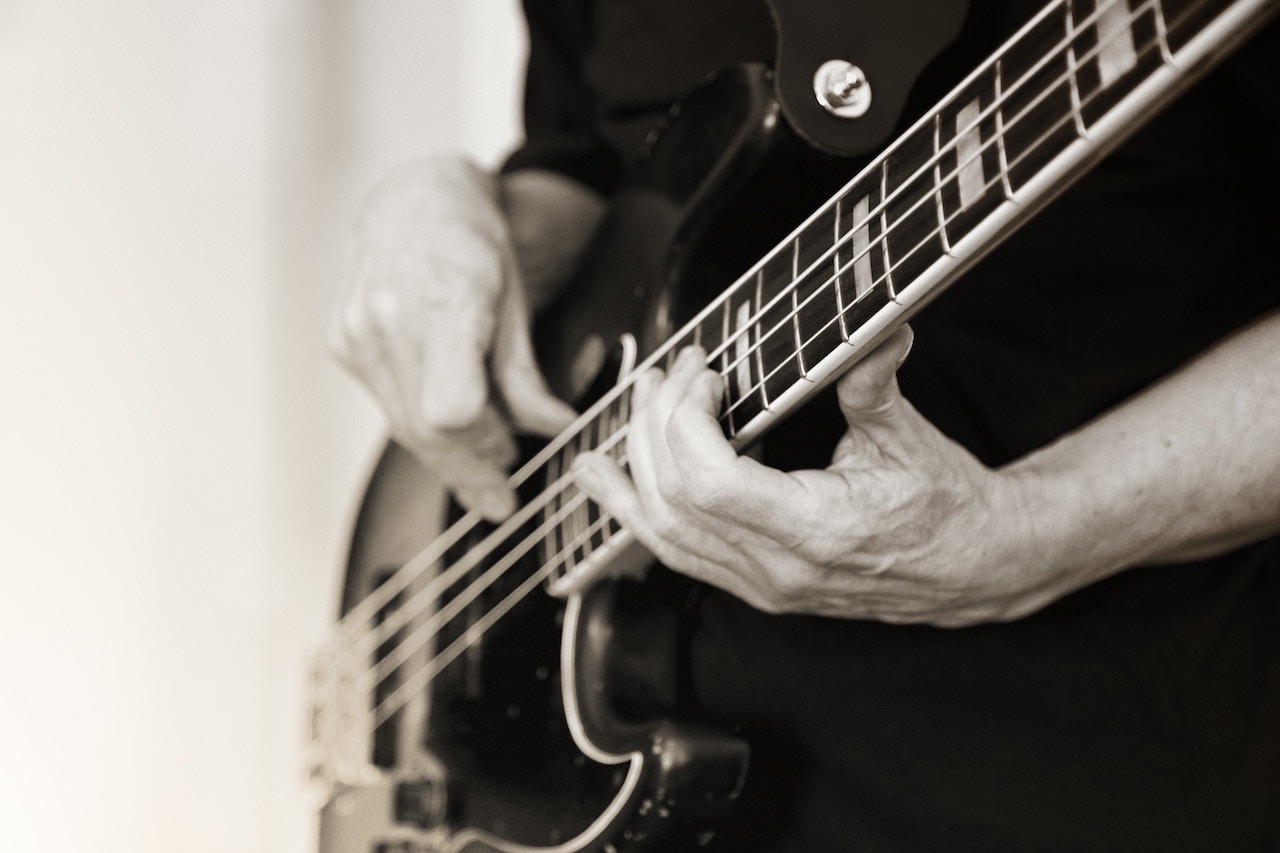
Tune a ukulele
Just like on guitars and bass guitars, mechanics at the top of the ukulele neck are used to tune each individual string. The ukulele standard tuning is GCEA. The main difference with a guitar’s tuning is that G, the first string, is higher than C and E; unlike the guitar where strings go from low to high. This ukulele tuning is called re-entrant tuning, and it is the standard, but there are also other options depending on the style and tunes you’re looking to play.

Tune a violin or cello
Producing a pleasant sound with a violin is not something that’s easy to achieve, especially when the violin’s not in tune! That process is again a matter of tweaking the mechanics. Except there might be two per string on a violin: one on the neck, but another at the bridge. If you’re only going to do a small change, then use the knob at the bridge. For larger changes, use the mechanics on the neck. Do not put too much pressure, though, or the string might break! The notes that you’re looking for are GDAE for the violin and CGDA for the cello.
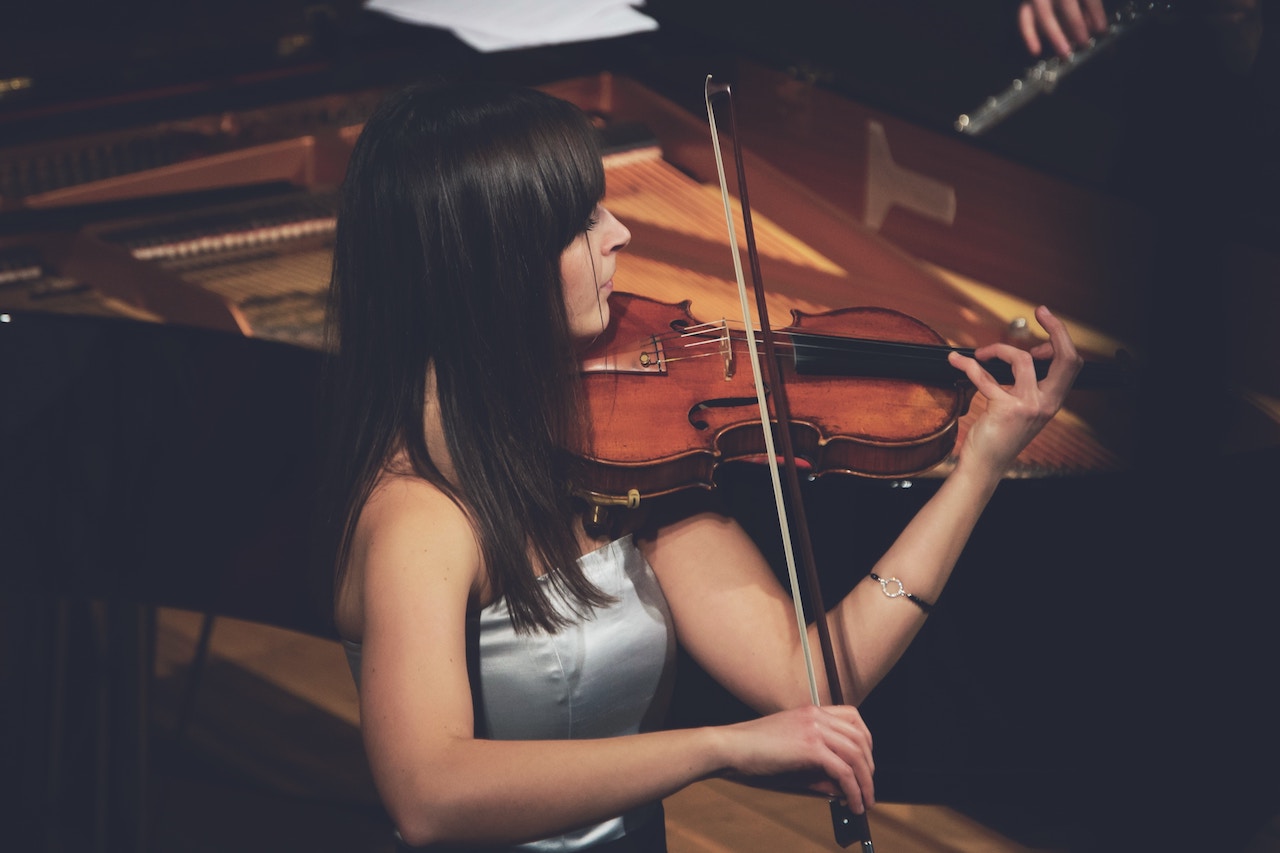
Tune a piano
It is generally a bad idea for somebody who doesn’t have past experience with the instrument to try to tune a piano on his own. Although the pitch is also determined by the strings’ tension, upright and grand pianos are way more complex to handle. First of all, a dedicated tool is required to twist the mechanics. But then, it is not only six strings you’re looking at, but 88 notes, with one to three strings per note! It might even be, depending on the piano’s condition, that it would be impossible to get it to match A440 in one try, and that it would have to be done in multiple smaller steps. This is the reason why professional piano technicians learn the job in school and charge for their service. They have an experimented ear and can feel how the instrument’s going to react.
